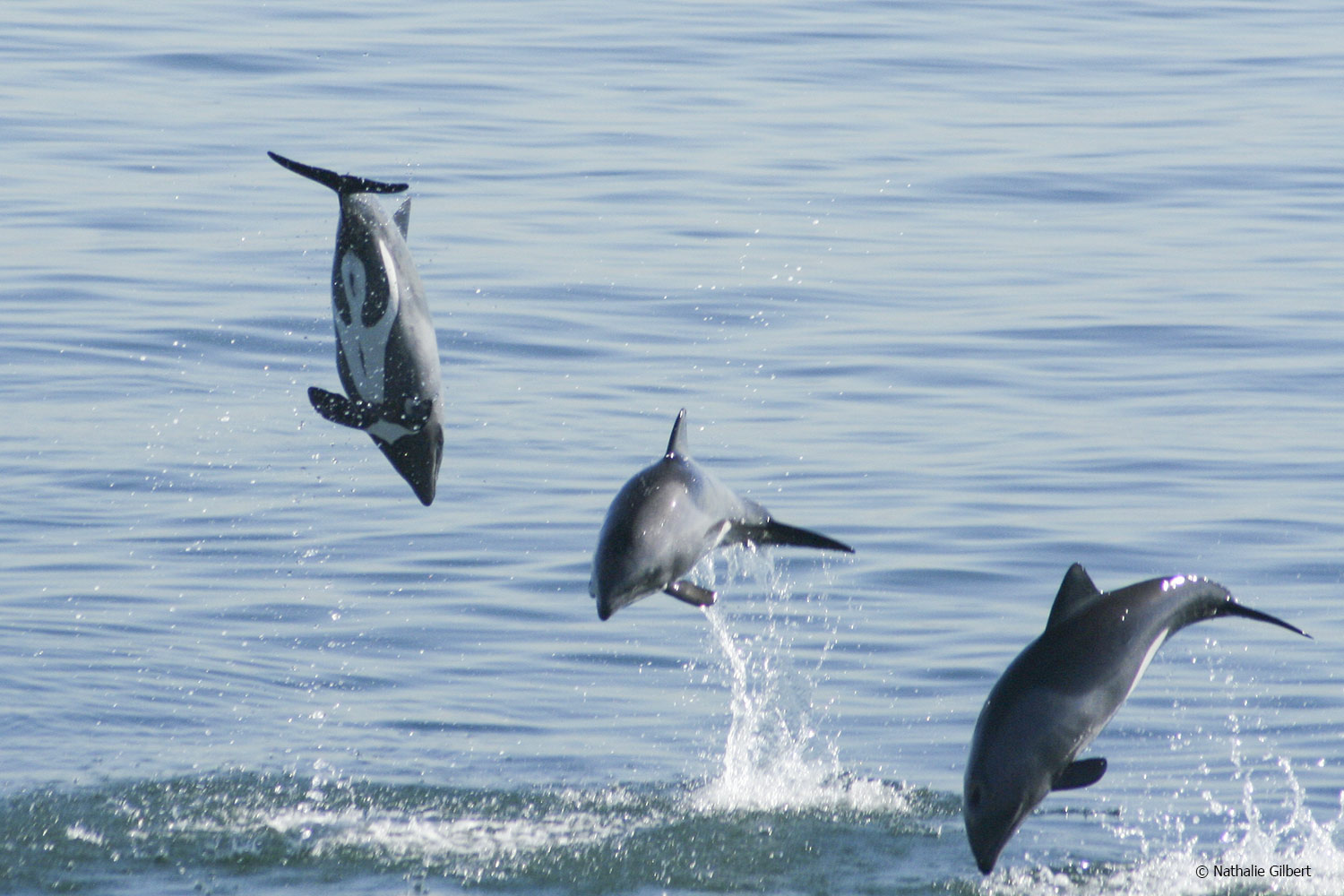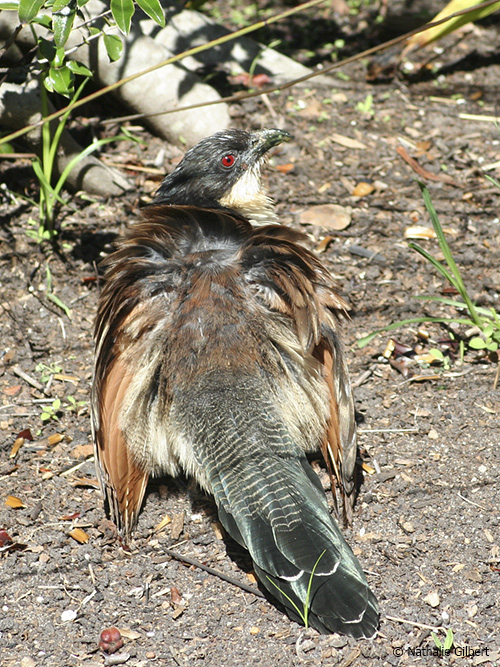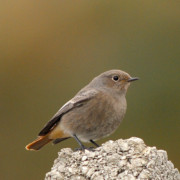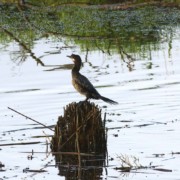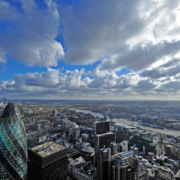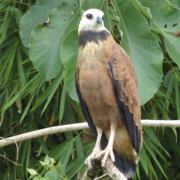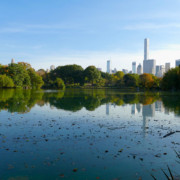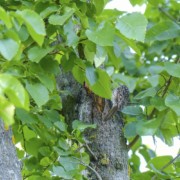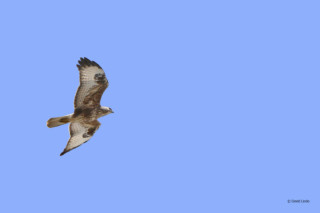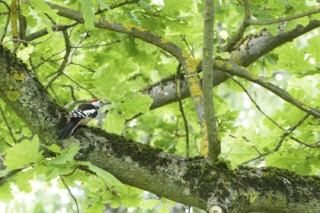Mojitos and Black Oystercatchers. Not a bad combination and a strong possibility if you visit Cape Town. We stayed at the Radisson Hotel on Mouille Point, just 10 minutes walk northwest of the bustling restaurants and shops of the Victoria & Alfred Waterfront.
Not only is this hotel bar a great place to rub shoulders with the locals, over a Sundowner cocktail or three, but it also has great potential for wildlife viewing – and you don’t even have to leave your chair!
Container ships lumber past Robben Island en route to the port, rousing flocks of 200 plus Cape Cormorant from the bay. Hartlaub’s Gull, Black Oystercatcher and Blacksmith Plover scream overhead with a variety of terns and gulls – the private marina, adjacent to the hotel, being a popular roost site. It is well worth a stroll along the marina’s seawall for close views of roosting Common, Crested and Sandwich Terns, Crowned, White-breasted and Cape Cormorants and sleeping South African Fur Seals.
We were lucky enough to have a very close encounter with a 20-30 strong pod of fishing Haviside’s Dolphins. These usually subdued dolphins began leaping in twos and threes with great abandonment, drawing nearer and nearer as we watched. They were chasing the fish right against the quay until they were within three metres of the seawall where we were sitting.
Suddenly, behind the dolphins, the enormous tail of a whale rose gracefully then sank slowly beneath the waves. This threw us into great excitement as most of the whales should have moved through by this time. Unfortunately, apart from a few distant blows we saw no more but it was probably a Humpback or Southern Right.
For any visitor to Cape Town, not just birders, the next port of call (hangover permitting!) has to be the Kirstenbosch Botanical Gardens. Not only is the shady company of beautiful trees and exotic flowers very soothing, when in a delicate state, but it is also a good place to catch up with Cape endemics. Cape White-eye, Cape Bulbul, Karoo Prinia, Olive Thrush and Cape Robin-Chat are common. Also Cape Batis, African Paradise Flycatcher, African Dusky Flycatcher and Black Saw-wing Swallow were seen. The gardens climb the lower slopes of Table Mountain and the views over Cape Town expand as you wander upwards towards the Protea gardens. Watching Cape Sugarbird scratching out its song from a large Protea flower, with Table Mountain in the background, is a must see for any foreign visitor.
At 1,095m Maclear’s Beacon is the highest point on Table Mountain. If you are as brave/stupid as we were and attempt the arduous 4-5 hour hike (one way!) then your route is literally straight up into Skeleton Gorge. If you are less brave/more intelligent the cable car follows a similar gradient for a faster and more relaxed way to the summit!
Although strenuous and rather devoid of birds, the hike is exhilarating. Make sure you start early as it is at least an eight hour round trip and if the tablecloth cloud descends conditions rapidly deteriorate into a cold, misty, directionless alien world. Needless to say, the views from the top are amazing with the whole of Cape Town spread out below and the hills of the Cape Point peninsular marching off into the heat haze towards Antarctica.
Make sure you stroll away from the crowds across the endemic Fynbos vegetation towards Maclear’s Beacon, a 30-45 minutes walk. Here we saw Neddicky (also known as Piping Cisticola) and a few Cape Siskin, Cape Sugarbird and White-necked Raven. Orange-breasted Sunbird are common at the summit where Alpine Swift, Rock Martin and African Black Swift sift for insects from the air above.
Bouncing amongst the boulders you might see a colony of endearing Rock Hyrax, locally known as Dassies. Although named from the Dutch word for badger there is nothing badger-like about them, being more like giant guinea pigs with strange padded feet. Still more bizarre is that their closest living relative is the elephant! We encountered more Dassies living in a rocky outcrop right at the tip of the Cape of Good Hope. They ignore the steady trickle of visitors and almost jump over your toes as they graze and run about filling the air with the smell of sun-warmed fur.
From the top of Table Mountain look southeast out over the suburbs towards Cape Flats and the distant shore and you may notice a series of linked pools and wetlands. This is Strandfontein Sewage Works, a birders paradise. A leisurely drive between the reed fringed pools can produce over 100 species with an emphasis on wading birds and ducks such as Greater Flamingo, Great White Pelican, South African Shelduck, Cape Shoveler, Cape Teal and Southern Pochard.
Last but not least and although outside Cape Town it would be unthinkable not to mention the remarkable African Penguin colony of Boulders Bay. They waddle about their business picking their way through sunbathers and boulders alike.
For the diplomatic birder Cape Town has plenty to offer the whole family – great climate, great dining, great nightlife and great wildlife, including birds. It is a privilege to have access to such an amazing variety of wildlife, views and gardens only a short drive from the city centre. Once under its spell you might find yourself returning again and again…
Nathalie Gilbert


